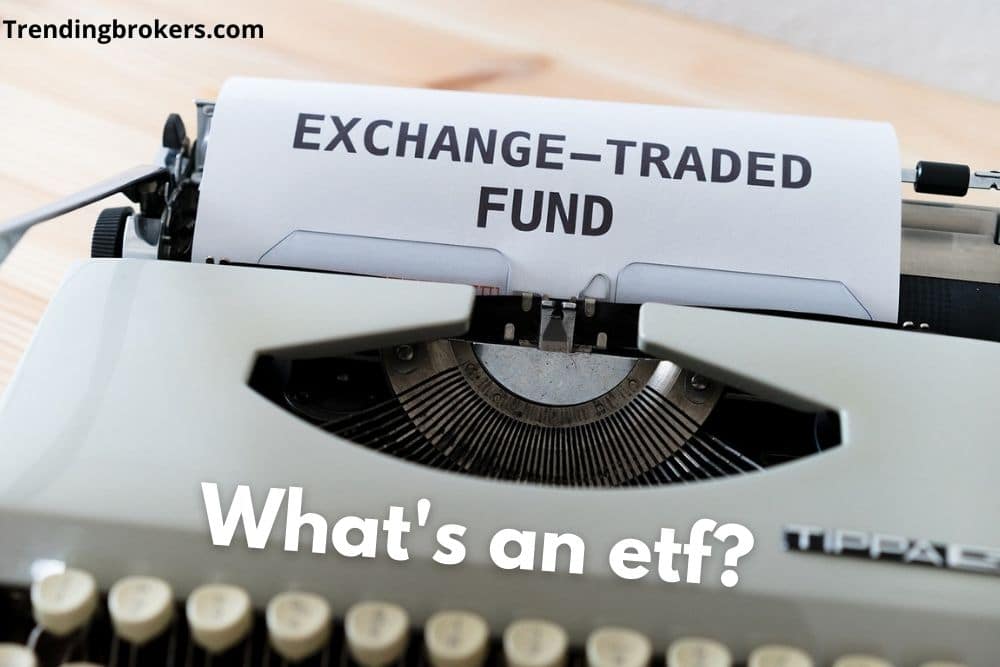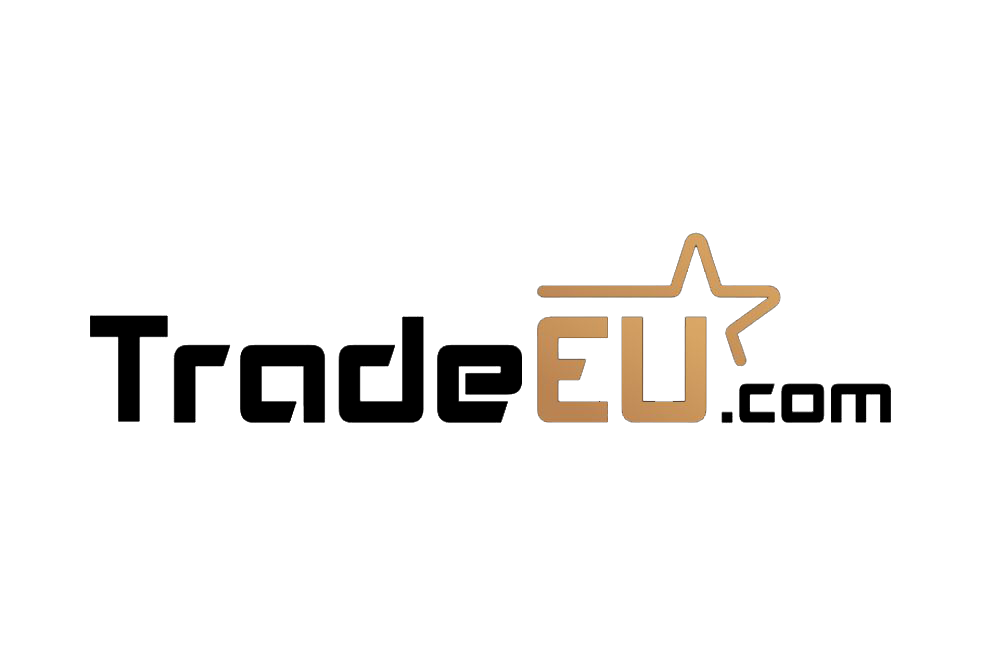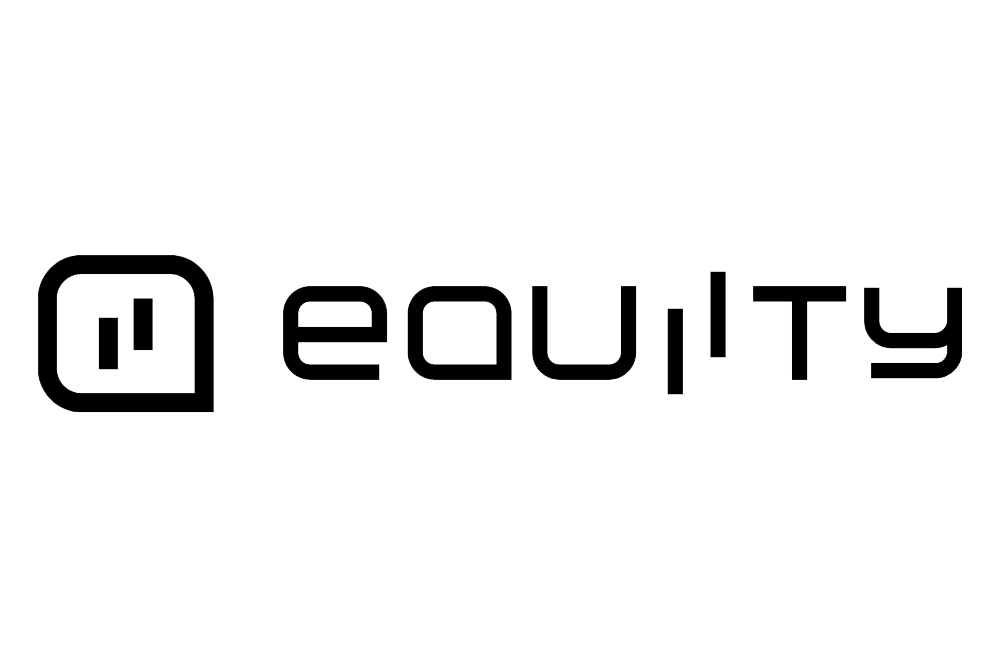An ETF is an extraordinary investment with the best attributes of the two most traded assets. A trader can enjoy the diversification benefit of mutual funds and invest in the way stocks are traded.
Hence, a diversified portfolio and exposure for the traders with various markets. To find out more about this investment type, we have a detailed discussion of what an Exchange-Traded Fund is and how traders can invest in them?
What is ETF (Exchange-Traded Fund)?
An ETF or Exchange- Traded Fund is a security that can be traded like stocks on the stock exchange. An ETF is also known as a handbasket of securities.
Exchange- traded finances( ETFs) can be an economic option for investors with lower experience in the stock request. As with ETFs, the exposure gained by retail investors in the stock request is much better.
In addition, ETFs have high liquidity because of the regular change in price due to buying and dealing ETF shares throughout the day.
An Exchange- Traded Fund represents indicators, goods, and securities. utmost ETFs use multitudinous fiscal coffers to buy colourful asset classes covering shares, equity, bonds, and derivations.
They’re relatively analogous to collective finances, but the core difference between ETFs and collective finances is that, unlike collective finances, an ETF can be traded at any time on the stock exchange, just like stocks.
Furthermore, traders can buy or sell the ETF directly from a brokerage account. As a result, ETFs require less cost than required in many forms of investing.
Read our Blog- Index funds vs ETF
The funds can hold multiple underlying assets, unlike stocks. Stocks can hold only one underlying asset.
Therefore, traders who want to diversify their portfolios by choosing less complex ways often choose an Exchange-Traded Fund as a great option because an ETF can hold multiple assets.
ETFs can own various asset classes, but it would be good for traders to figure out the ETF that owns the securities from a specific industry.
For example, an Exchange-Traded Fund focused on the oil industry would likely contain thousands of stocks related to the oil industry.
Most significantly, traders of Exchange-Traded Funds have a range of options to choose from. ETFs are of various types such as index, commodity, stock, bond, bank, currency, and industry ETFs.
How To Trade ETFs?
There are so many methods to trade in ETFs. Several ETF providers will help you to invest in ETFs by various methods. Trading in an ETF requires your attention to choose a certain broker.
Brokers play an important role in the process of trading ETFs as the portfolio managers are involved in managing your Exchange Trading funds. But if you are investing in passively managed ETFs, there is no requirement for portfolio managers.
Investby is the leading online brokerage firm that offers the best trading services. It offers a wide range of trading instruments including Exchange-Traded Funds like currency trading, stock trading, commodity trading,etc.
In addition, it offers commission-free trading with lower spreads and swap charges.
It is essential to be aware of the right method for trading ETFs. So here are several methods to trade in ETFs through brokers and other channels:
- You can contact your broker and ask the brokerage agent over a call to place the trade as per the technical analysis required to invest in a specific ETF as they are subjected to risks because of high liquidity, which creates the possibility of incurring losses. So technical analysis is a must step taken before you decide to invest in an Exchange-Traded Fund. Make sure that your broker is conducting the technical analysis if you are not able to do that.
- The above process can be done through an online investing platform where all you need is a device, whether a personal computer, laptop or mobile, and an internet connection. So you can place your trade-in ETFs by yourself, followed by a thorough technical analysis.
- ETFs can be traded just like stocks. As stocks are traded on an exchange through an investing platform, you can buy or sell ETFs that will contribute to the diversification of your portfolio. Choosing an investing platform also requires your attention so that you can invest and manage your Exchange-Traded Funds smoothly.
- Ensure that your investing platform should be commission-free. As you can not redeem shares in ETFs just like stocks, you don’t have to pay a commission for transactions. But you should also know that platform providers offer some investing products. These are not free of cost. These costs are associated with convenience and some services other than the portal for transactions.
- To get familiar with ETFs, some brokerages provide educational material to their clients. So that you can do well research before investing in an ETF, brokers may ask you for paperwork which is a potentially complicated process. Ensure that your broker is providing hassle-free one-click trading options with fewer complications.
- One of the most crucial steps in Exchange-Traded Fund investing is research. A market order followed by well research is the most basic form of ETF trade you place with your broker. It may also be the most hazardous. Most ETFs have a low investment barrier, making it simple for a beginner to adopt a basic asset allocation plan. It is important to ask yourself some practical questions before investing in ETFs.
- The questions can be: What is your investment’s purpose, whether it is for regular income or long-term growth? What is the time window for buying or selling ETFs? Are you attracted to a particular sector or industry, or are you planning to invest in various asset classes?
- Answer these questions consciously, and you should be clear on what you need. It’s important to be aware of what you exactly want out of the investment in ETFs.
- Suppose you are a novice Exchange-Traded Fund investor, dollar-cost averaging or a useful trading technique. It is also a technique of spreading out the costs of investments in a specific period of time. Market orders should be avoided at all costs by most investors. Market orders should be utilized exclusively for the largest and most liquid ETFs when assured. Very fast execution is critical to your strategy.
- ETF trading volumes have grown. Previously, investors were not able to sell ETF units at will. Therefore, if you want liquidity and a fair price for your units, selecting an Exchange-Traded Fund with large trading volumes is critical. This is no longer the case. However, In comparison with others, certain ETFs continue to have lower trading volumes.
- A lower expense ratio indicates a higher possibility of making a profit. An ETF has a lower cost ratio for an actively managed fund. To entice new investors, several fund firms provide further reductions on cost ratios.
- For stability, you may wish to allocate a modest percentage of your portfolio to ETFs. However, because these funds are handled passively, their goal is to replicate the index’s returns rather than outperform them. So it is essential to invest carefully after conducting calculated risks associated with your investment.
Pros and Cons of Exchange-Traded Funds
ETFs are subjected to volatility that has both sides, positive and negative. One can earn huge profits out of this volatility, but at the same time, another one can lose out money because of it.
High liquid markets are always subjected to profit and loss, so are ETFs. Here are some advantages and disadvantages of investing in ETFs.
Pros
High accessibility of stocks:
When you buy a share of the company, then the potential returns will depend only on the performance of that company, and the degree of risk is much higher.
But buying an ETF gives you more exposure to various stocks of that particular industry, which also reduces the risk.
By trading Exchange-Traded Funds, one can cover up losses incurred due to the performance of an asset as they get exposure to diversification.
In addition, because you have invested in an ETF and contains various assets, the good performance of only one asset can cover up the amount you lose in other assets.
Traders also benefit from intraday movements in the stock market by investing in ETFs.
Low fees and tax-efficient:
The ETF’s expense ratio and management fees are much lower than other managed funds. Investors also benefit from dividends, as in the case of Exchange-Traded Funds, stock prices are increasing or decreasing.
ETFs are quite cost-effective. This is the reason why people are inclined toward Exchange-Traded Funds nowadays, as it provides investors with opportunities to make higher returns with lesser capital and fewer risks.
Risks involved in stock trading are higher but in stock ETFs, as they allow you to invest in various stocks with the same capital amount that you are supposed to use to buy an individual stock of a company.
As a result, even the tax associated with Exchange-Traded Funds is much lower as compared with mutual funds.
ETFs are also subjected to capital gains tax and tax on dividends like mutual funds, but they are charged with lower fees. Because there is no facility for redeeming shares in an ETF, they are more tax-efficient.
Tax liability increases as one redeem funds or shares, but Exchange-Traded Funds are traded through an exchange.
Diversification:
Risks involved in ETFs are much lower than mutual funds because most Exchange-Traded Funds are passively managed. In addition, to mitigate the risks of investing in mutual funds, one can invest in ETFs because ETFs invest in various shares of a specific industry for diversification.
In mutual funds, risks are higher because they can invest in newly formed companies that trigger heavy losses.
Investing in ETFs is a great way for retail investors to build a customised portfolio based on their financial goals.
As asset allocation requires knowledge and expertise in financial markets, it is not easy for retail investors to build a portfolio independently. So with Exchange-Traded Funds, you can get your hands on different asset classes of bonds, stocks and commodities.
Cons
Higher brokerage fees:
Portfolio managers manage actively managed ETFs like index ETFs, so they require higher management fees.
In addition, fund managers or portfolio managers will charge you the commission for operating your Demat account and the technical process required for transactions of ETFs. This is one of the disadvantages of investing in ETFs.
But if you compare it with mutual funds, then there will be lesser brokerage fees for ETFs. But, again, this is because mutual funds and ETFs have so many similarities in terms of the cost involved.
In comparison with investing in individual stocks, the costs associated with ETFs are much higher. There is no involvement of management fees for stocks, but it will be charged for investing in ETFs.
Due to the trading flexibility offered by Exchange-Traded Funds, one can tend to over-invest in these funds. Over-investing results in rising costs and can reduce returns.
Limited Diversification:
The market index narrows down the large-cap stocks due to which investors have limited exposure. As a result, investors can often not meet the potential growth opportunities associated with small-and mid-cap companies.
In this way, ETFs are subjected to limited diversification.
This is because many ETFs are passively managed, which means they just pick top companies on charts and often newly formed ones with huge potential.
Risks associated with high volatility:
As per the market trends, assets witness high price fluctuations. This is because they are not subjected to stability like government bonds.
Often volatility is seen as an advantage of higher returns. But one should be aware of the risks involved in volatile assets.
The same goes with Exchange-Traded Funds, stocks, or other assets that are subjected to liquidity or often witness price fluctuation that can directly impact the corresponding ETF.
Final Words
This was a detailed overview of what is an ETF? Exchange-Traded Funds offer the benefits of several assets without investing in them individually.
Consequently, this is a great way to diversify your portfolio like mutual funds even if you don’t have enough experience trading various asset classes.
In addition, with much lower costs, you can gain better exposure to a wide market arena. But before investing in ETFs, it is essential to be aware of the risks involved because of the volatility.
Ensure that you earn something extraordinary by investing in Exchange-Traded Funds.


